BTR-3E: the older brother of "Bucephalus"
Pseudo-BMP
The Ukrainian armed forces are saturated with a variety of equipment. And with the expansion of Western aid, this armored menagerie is only growing. Headache deputy head, in the truest sense of the expression.
In addition to the classic armored personnel carriers and infantry fighting vehicles inherited from the Soviet Union, the nationalists have accumulated an impressive set of NATO equipment - American HMMWV and M113, Estonian (African) Alvis, Australian Bushmaster, British Saxon and others. There are also enough armored vehicles of our own design - Cobra, Novator, Varta, Cossacks of various stripes, Spartan, Cougar, Shrek and Triton. Often, armored cars are equipped with imported power plants and transmissions, which does not simplify operation and repair. But this is a light class technique that allows you to cover the landing force from small arms fire and fragments.
It so happened that infantry fighting vehicles of their own design, allowing you to support Tanks on the battlefield, the Ukrainian defense industry is not rich. Usually, obsolete BMP-1s are upgraded by installing combat modules, for example, Shkval. On the other hand, their homegrown armored personnel carriers BTR-3 and BTR-4 are considered by many as infantry fighting vehicles. For example, American analysts classify the Ukrainian pair as wheeled infantry fighting vehicles. To the category of armored personnel carriers, NATO experts include the Soviet BTR-60, BTR-70 and BTR-80, the remains of which are still in the Armed Forces of Ukraine.
Be that as it may, but the BMP concept is closest to the Bucephalus, aka the BTR-4E, in which the layout is worked out according to imported patterns, and the armor is already stronger. Paradoxically, its predecessor BTR-3E is less common in the nationalist formations of Ukraine. If "Bucephalus" before the special operation, there were more than 100, then the BTR-3 - up to 90 copies.
No less surprising is the imbalance in the losses of this technique. If you believe the American accountants, who record the destroyed and captured equipment from photo and video evidence, then the nationalists lost at least 40 Bucephalus and 19 BTR-3E. What does it say?
Firstly, the Ukrainians threw into battle the most trained military units on more advanced Bucephalus. For example, in Ukraine, many units of the National Guard, equipped mainly with BTR-4, were denazified.
Secondly, taking into account the losses, the nationalists still have a lot of the BTR-3E series, which can be quite dangerous. To clarify, these are estimates based on documentary evidence. It is absolutely possible that much more armored personnel carriers have been brought to the state of scrap metal. Among the vehicles of the third series lost by the Armed Forces of Ukraine, at least 7 were among the trophies of the allied forces. And two BTR-3E1s are already on display in Patriot Park.
The appearance of the BTR-3E in the ranks of the armed formations of the nationalists of Ukraine was the result of a long and widespread movement of modernization of armored personnel carriers of the Soviet period. Several thousand cars of different generations have accumulated in the countries of the Warsaw Pact and the former Soviet Union. Nobody was going to throw away unpretentious, albeit rather outdated equipment, so they developed their own modernization programs. For example, in 1999, the Czechs offered the BTR-60PB with the Korean Daewoo engine, and two years later, the Slovaks rolled out a re-engined BTR-70 with the formidable name Cobra. The technique was intended for poor third world countries.
In Ukraine, the modernization of similar equipment took place in the Kharkov Bureau of Mechanical Engineering. A. A. Morozova (KMDB). There were two goals of the work - improving the mobility and firepower of armored personnel carriers. The first one was solved with the help of a motor from the BMP UTD-20, which they knew how to produce independently in Ukraine. The work was carried out with the BTR-60, BTR-70 and BTR-80, which in Kharkov were renamed BTR-1, BTR-2 and BTR-3, respectively. On the first machines with a 300-horsepower engine from the BMP, there were no characteristic exhaust pipes with casings on the sides of the stern of the hull.
Tests of the BTR-2 (former BTR-70) showed that the new UTD-20 diesel engine provides a 20-25% reduction in fuel consumption, increases the power reserve and throughput due to the greater specific power. The firepower of the vehicle was increased by replacing the turret with a 14,5 mm KPVT machine gun with a module with a 30 mm KBA-2 gun. The gun is an unlicensed copy of the Russian 2A72, which was mastered in the Kiev design bureau Artillery Armament. This office seems to have long specialized in copying Russian weapons.
At the end of the 90s, they decided to improve the firepower of Soviet armored personnel carriers in Ukraine dramatically and put two 23-mm cannons on the roof, which are half of the quad 2A10 installation from the Shilka anti-aircraft self-propelled gun. Around the same time, the concept of a long arm was born, when armored personnel carriers are equipped with a weapon that allows them to work on targets outside the retaliatory zone. For example, 30-mm and 23-mm guns disabled the BTR-80 and BRDM-2 from distances that did not allow the 14,5-mm KPVT to respond effectively. Therefore, the customer did not require additional armor for the BTR-3 and its predecessors. Everything changed only with the Bucephalus, which received decent protection for an armored personnel carrier, but turned out to be overweight.
But back to the Ukrainian armored personnel carrier with twin guns, which received the name BTR-94. It was not in vain that the car acquired just such an index - already in those days, Ukrainians were trying to get around the Russian engineering school in everything. Even if it is in numerical terms. So the BTR-94 was supposed to be a click on the nose of the developers of the domestic BTR-90, which, by the way, never became serial.
On one of the vehicles, Kharkiv engineers installed a 1RL133 "Monitor" target tracking radar on the battlefield. The radar was linked to the guns, which was supposed to provide fire on targets in conditions of poor visibility. The anti-aircraft locator was not suitable for the role of an anti-aircraft locator, as it could track targets in the speed range from 2 to 60 km / h. Later, the radar was replaced by a radar with a detection range of ground targets up to 20 km and air targets up to 30 km.
The armored personnel carrier turned out to be exclusively for export, it is in service with Jordan and Iraq. More precisely, at first Jordan bought 50 cars, and then got rid of the equipment by selling it to Iraq. The car was weaned from swimming, having withdrawn the jet propulsion unit and the wave deflector. As they say, the reviews about the car were not the most flattering. First, a twin 23mm mount is not always more effective than a single 30mm cannon. Secondly, the engineers did not think about the hot Middle Eastern climate and left the old cooling system with the new UTD-20 diesel engine.
Armored personnel carrier for foreign comrades
The birth of the BTR-3E is very similar to the appearance in Russia of the Tiger armored vehicle, which was originally supposed to be called the Nimr and, in general, was developed for the United Arab Emirates. So the predecessor of the “third” Ukrainian armored personnel carrier was the Gardian vehicle, built in Kharkov together with specialists from the ADCOM consortium from the UAE.
The main feature is the 326-horsepower Deutz engine and Allison automatic transmission, which turned out to be so much larger than the native filling that it was necessary to increase the height of the entire hull and reduce the landing force from eight to six people. The car was also called the BTR-3DA (Deutz and Allison).
The KBA-105 Shkval combat module was hoisted onto the roof of the fighting compartment. According to the developers from the Scientific and Technical Center for Artillery and Small Arms, for the first time in Ukraine, a spatial separation of the weapon unit and the gunner-operator’s workplace was carried out on this module. The device turned out to be formidable in appearance - a 30-mm KBA-2 cannon, a 7,62-mm PKT machine gun, a 30-mm AGS-17 grenade launcher and two guides for the Konkurs ATGM. Six 902V smoke grenade launchers are mounted on the rear wall of the tower.
The fire control system is a two-plane electromechanical gyroscopic weapon stabilizer SVU-500 "Karusel" and an optical-television surveillance and aiming system OTP-20 "Cyclone". All equipment of Ukrainian development. The PZU-8 periscope anti-aircraft sight is considered a reserve.
The OTP-20 Cyclone system deserves special mention. The interface allows the operator to monitor the battlefield at any time of the day, evaluate the ammo consumption, the position of the turret relative to the hull, measure the range and fire from all types of weapons. "Cyclone" independently introduces a correction for the range to the target, and also allows you to aim weapons from the seat of the vehicle commander. At night, the system provides fire at a distance of up to 1 meters, during the day - up to 200 meters.
The first time the car was shown to the general public in Abu Dhabi at IDEX-2001. In total, the Arabs received 25 BTR-3AD Guardian for the marines. Interestingly, for Nigeria, a modification of the BTR-3UN was assembled with the Shkval module removed, in place of which the BTR-70 turret with NSVT and PKT machine guns was returned. In the amount of 130 units, an "export" version of the BTR-3E was produced with a UTD-20 diesel engine and a manual gearbox. It is noteworthy that Ukrainian engineers equipped the engine from the BMP with an unusual ejection cooling system, similar to the tank one from the T-64.
And finally, one of the most modern modifications can be considered the BTR-3E1 with the BM-3 Shturm combat module, which was lit up in the Patriot park. This module, unlike its predecessor, is equipped with the Barrier ATGM, the Trek-M optoelectronic surveillance, aiming and fire control system, as well as the Panorama-2P commander's panoramic view device. The latter has the ability to lift a panoramic video camera on a telescopic rod. An armored personnel carrier can be equipped with a 325-horsepower MTU diesel engine (already the third in the range) and an Allison automatic transmission. The machine in this configuration was delivered to Thailand.
For the manufacture of part of the armored vehicles, Soviet-made BTR-70 hulls removed from storage are used. The Ukrainian side strongly refutes this fact, pointing out that the welding of the hulls was carried out at the Mariupol Azovzagalmash. Repair and production of the BTR-3E and its other modifications are also organized in Kyiv, Zhitomir and Kharkov.
BTR-3 in various versions is a direct competitor of the Russian BTR-82A. Possessing similar mobility and security, the Ukrainian armored personnel carrier wins in terms of firepower due to the complex of guided anti-tank weapons. At the same time, a variety of technical stuffing significantly complicates the operation of this machine. The shortage of spare parts is already leading to the fact that some armored personnel carriers become victims of technical cannibalism.
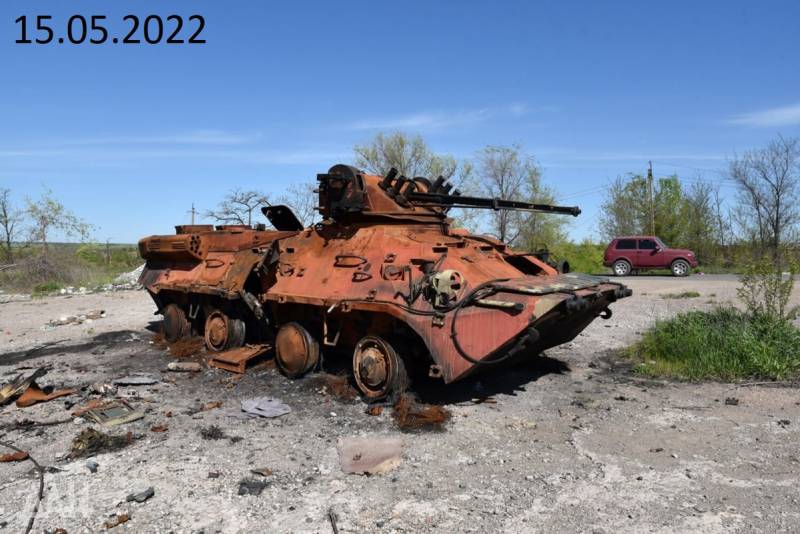
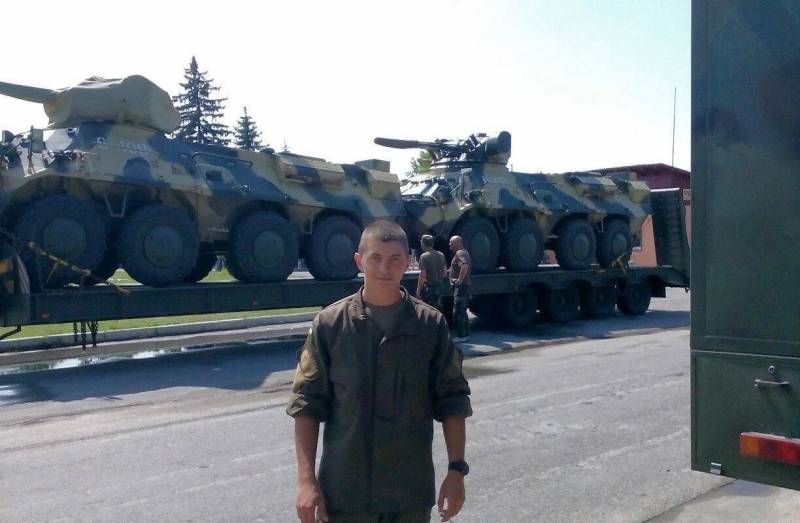
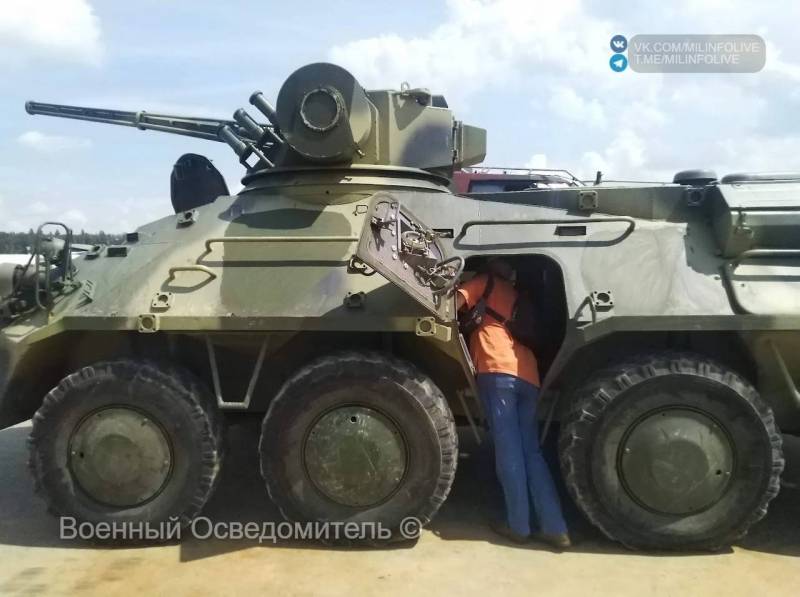
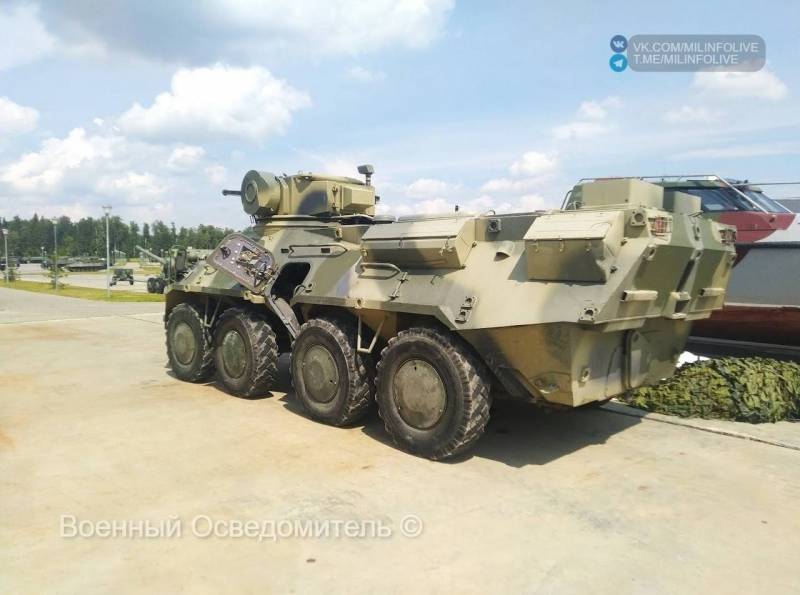
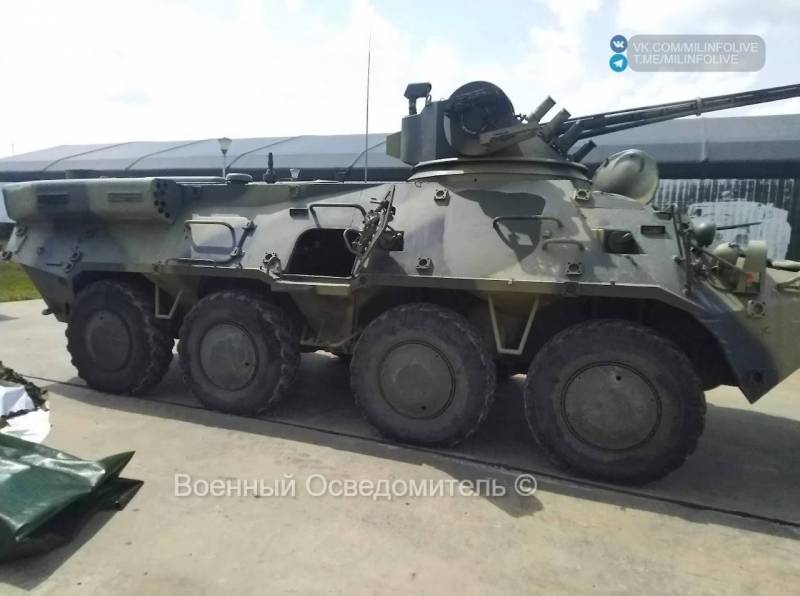
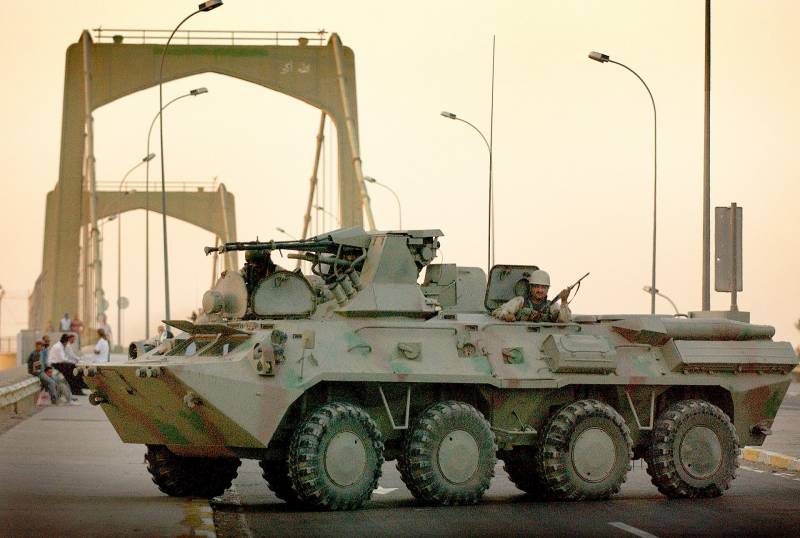
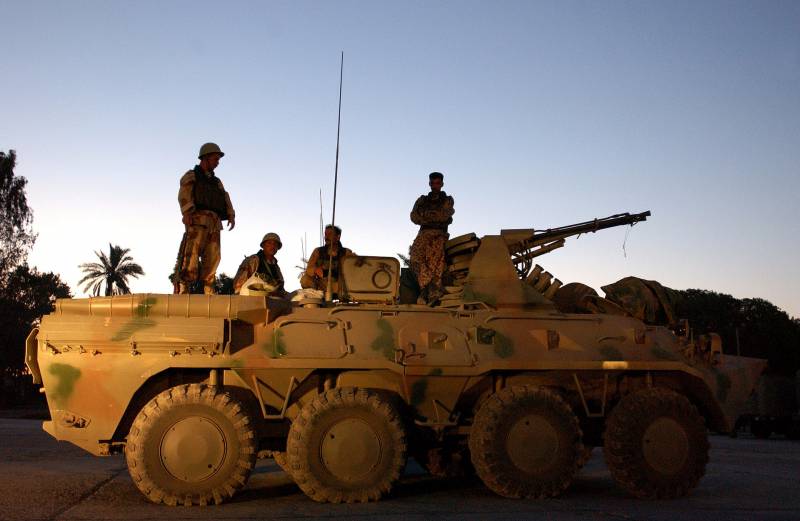
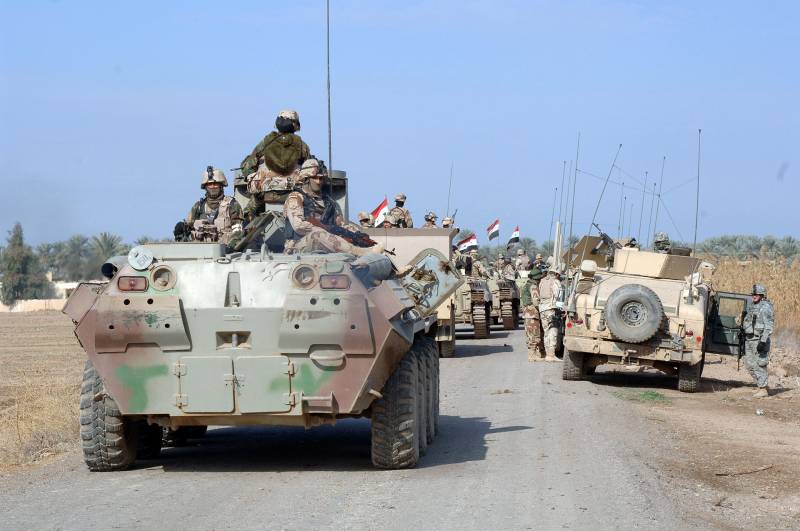
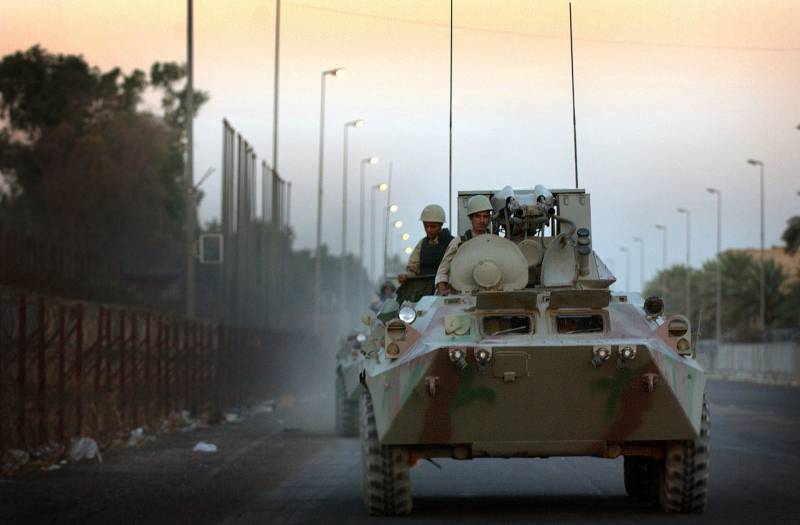


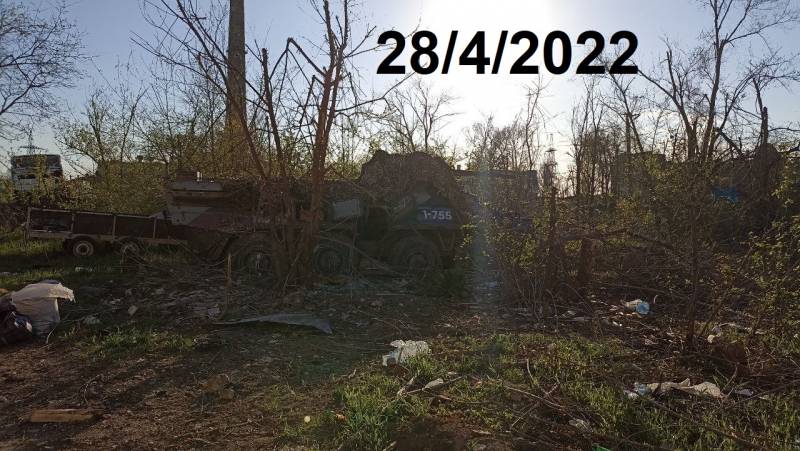




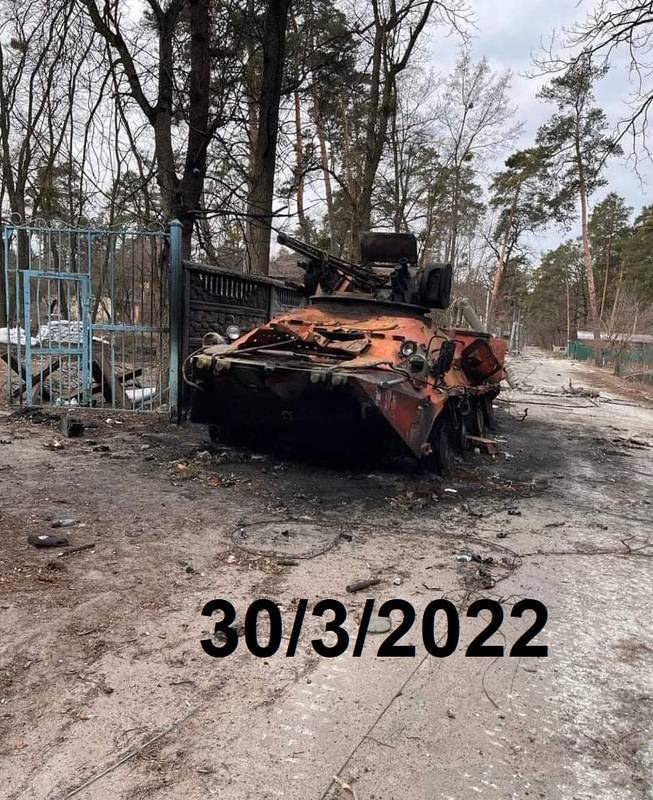

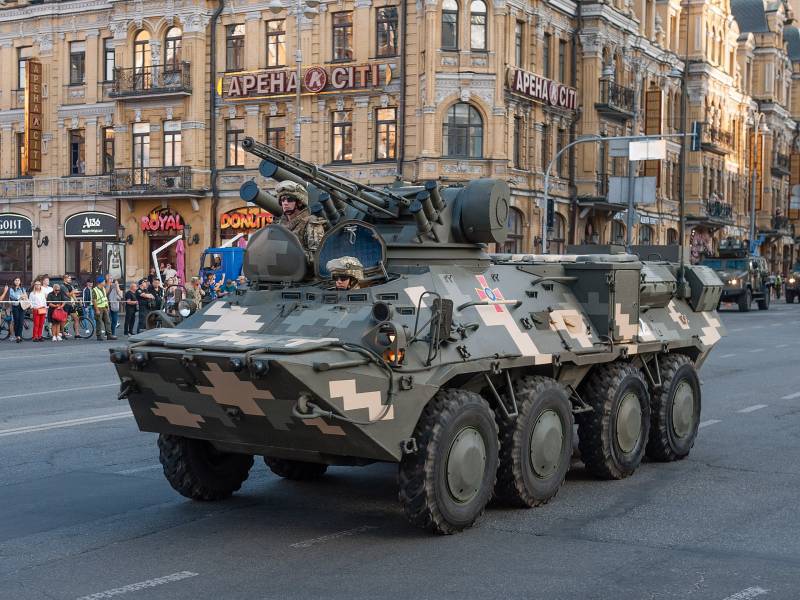
Information